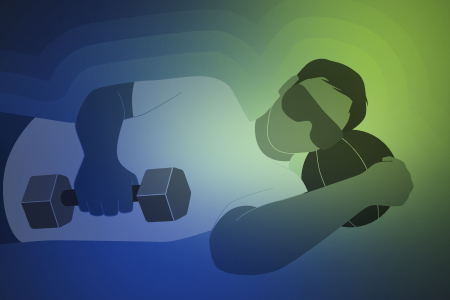
Measuring Resting Heart Rate
From manual pulse counts to the latest in app technology, dive into the transformative journey of heart rate monitoring
Home » Stress & Energy » How to recover from stress – our 9 Tips

Take 5 minutes to try one of these
Whenever your brain decides that it’s in danger, it triggers a series of chemical reactions in your body. This response inhibits your ability to think clearly, and instead calls on the older parts of your brain to steer you towards a more animalistic response. The problem is that this response is often triggered when there is no objective threat – just worries and anxieties. But while the threat may not exist, the resulting stress and mental exhaustion are very real.
The two ways your brain responds to stress are “fight-or-flight” or “freeze.” Addressing the former requires self-calming techniques that activate your parasympathetic nervous system, which is responsible for your energy levels and sleep. Addressing the latter requires the opposite – increasing alertness. Stimulating the sympathetic nervous system will help you find the strength to act on these responses. Both stress reactions can be deactivated consciously, by taking a few minutes to perform one of these quick-acting techniques, taken from various mind-body techniques.
Welltory x Reminder Media, 9 Sept. 2022

From manual pulse counts to the latest in app technology, dive into the transformative journey of heart rate monitoring

Discover the intricate relationship between late-night eating and its impact on sleep duration and quality

From boosting cognitive function to enhancing physical performance, discover the impact of blood oxygen levels on various aspects of health

The relationship between stress and productivity and how Welltory can help you plan better

Does sleeping burn any calories, should you exercise right before bed and how much do you need to sleep to burn a 1000 Cal

All you needed to know about headaches at night – types of nighttime headaches, their causes, possible treatment and how to avoid them.
 App Store
App Store
 Google Play
Google Play
 Huawei AppGallery
Huawei AppGallery
 Galaxy Store
Galaxy Store







